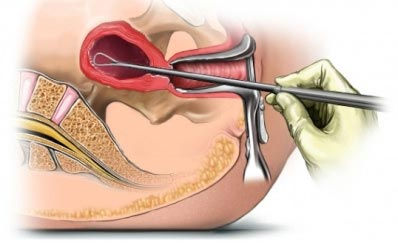

HYSTEROSCOPY
About HYSTEROSCOPY
Hysteroscopy is a procedure that allows a doctor to examine the inside of the uterus using a thin, flexible tube with a camera inside. The tube is called a hysteroscope, and it's inserted through the vagina and cervix into the uterus. The hysteroscope sends images of the inside of the uterus to a video monitor.
Hysteroscopy can be used for:
-
Diagnosing bleeding problems
-
Removing polyps or fibroids
-
Performing sterilization
-
Treating heavy or irregular periods
-
Blocking the fallopian tubes to prevent pregnancy
-
Identifying abnormal structure of the womb
-
Taking a tissue sample (biopsy)
-
Preventing bleeding by destroying tissue using electric current, freezing, heat, or chemicals
-
Diagnosing the cause of infertility or repeated miscarriages
A hysteroscopy can be uncomfortable and may feel like period pain. The procedure itself shouldn't be painful, but you may experience some cramping. Your doctor may order some sedatives for you to take beforehand to help you feel more relaxed.
A hysteroscopy can last anywhere from five minutes to more than an hour. The length of the procedure depends on whether it's diagnostic or operative and whether an additional procedure, such as laparoscopy, is done simultaneously. Diagnostic hysteroscopy usually takes less time than operative.
Serious complications are rare, but they may include heavy bleeding, infection, and tears in the uterus.


